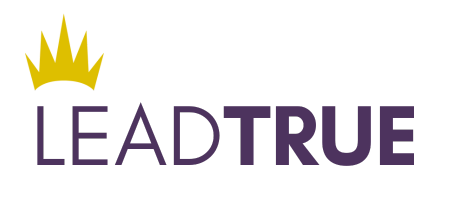Proactive Steps For Men As Gender Parity Allies
In How Men Can Succeed in the Boardroom and the Bedroom, the fourth and final article in their “Women At Work” series, Sheryl Sandberg and Adam Grant remind us that gender parity at work serves to not only enhance women’s leadership roles, but also improves the company’s bottom line and overall performance. When asked directly, men in leadership roles will state that they support equal opportunity, diversity in leadership roles, and hiring the best person for the job, regardless of gender. However, in spite of research that supports these beliefs, some men remain afraid that inclusion and diversity initiatives will decrease their professional opportunities. While these fears might be unconscious, we continue to see actions in today’s work world that perpetuate these fears. This is what that fear looks like in companies today:
Organizations run by a majority of male leaders don’t invest sufficient resources in initiatives that can change the culture and result in diverse leadership representation. Instead, they throw a small budget at volunteer-led groups so they can check “Women’s Initiative” off the list and potentially consider it an “HR problem” rather than treating it as a strategic business problem.
When there is one female leader in the executive ranks, the male-dominated leadership declares the company a gender equality success, without looking to add diversity into the talent pipeline or their leadership body.
Men who are next in line for a promotion likely will not see the need to alter the hiring, advancement, and recruiting practices. They want to achieve what they’ve worked hard for and might feel worried about being unseated by a female counterpart, whether or not she’s the better candidate for the role.
Leaders in general will naturally mentor, advocate for, hire and promote people who are like themselves unless they pause and intentionally look at how their actions directly affect the leadership balance. This comes more from social conditioning and less from fear, although they might have subtle anxiety about how they can mentor someone who is very different from them in background and style.
Organizations still pay women less in the same roles. If you believe this isn’t true for your company, ask for the data to find out for yourself. If it is not true, thank the leadership and, if it is true, bring it up as an important issue to be addressed.
To take part in gender equity, men must become aware of their unconscious biases and fears as well as those biases that exist in our society. Then, they must choose to act in alignment with a future vision of inclusion and equity that benefits all, including business teams, individual employees of both genders, as well as families and children.
Here are proactive steps to include men as part of the gender parity solution:
Consider men as allies, not adversaries. The shift to gender parity in the workplace is an inclusive change, which means that everyone benefits. Talented male leaders and colleagues are equally as important as talented female leaders and colleagues. Men can take on the challenge to create inclusive workplaces and be a part of the vision, strategic thinking, and culture change. As Emma Watson, famed Harry Potter actress, stated in her UN Speech on the He for She Campaign, men need to show up, speak up, and be a part of the evolution. All voices are required for success.
Embrace the Gender Parity “Stamp” for your workplace. Top Hollywood executives recently gathered to discuss the gender disparity in movie production. They created a Gender Parity Stamp (building off of the United Nation’s Gender Parity Index and Women’s Empowerment Principles) to indicate when a production included an equitable representation of men and women, both on screen and in production roles. What could the criteria be for a project, initiative or leadership team to earn a Gender Parity Stamp in your workplace? Even if such a “stamp” is not created, discussions on the topic would help define future visions of inclusivity and strengths-based talent management. Intentionally ask questions like, “What voice is missing here? Who can add a diverse perspective?”
Be strengths-focused. Organizations committed to real change in inclusion and diversity find the key is in creating leadership development programs that are based on identifying and growing individual leadership strengths. Leveraging these strengths becomes a logical way to include more leaders at every level in the organization. Once a company identifies the future direction and needed leadership competencies, they can reach into the pool of all talented employees and tap new sources of talented leaders while creating more opportunities for growth, internal promotion, and mentoring based on what’s best for the business.
Change for some can be unnerving, worrisome or even downright terrifying. We wonder how change will affect us, and often assume it will be negative. When we are unaware of those fears we act in ways that subconsciously sabotage the change. By embracing the change we stay open to new – even better – possibilities. That is why understanding and including men in the journey toward inclusion and equity is an essential step in the change process. Both genders are essential and must be invested in the conversation and the outcome in order to succeed.

